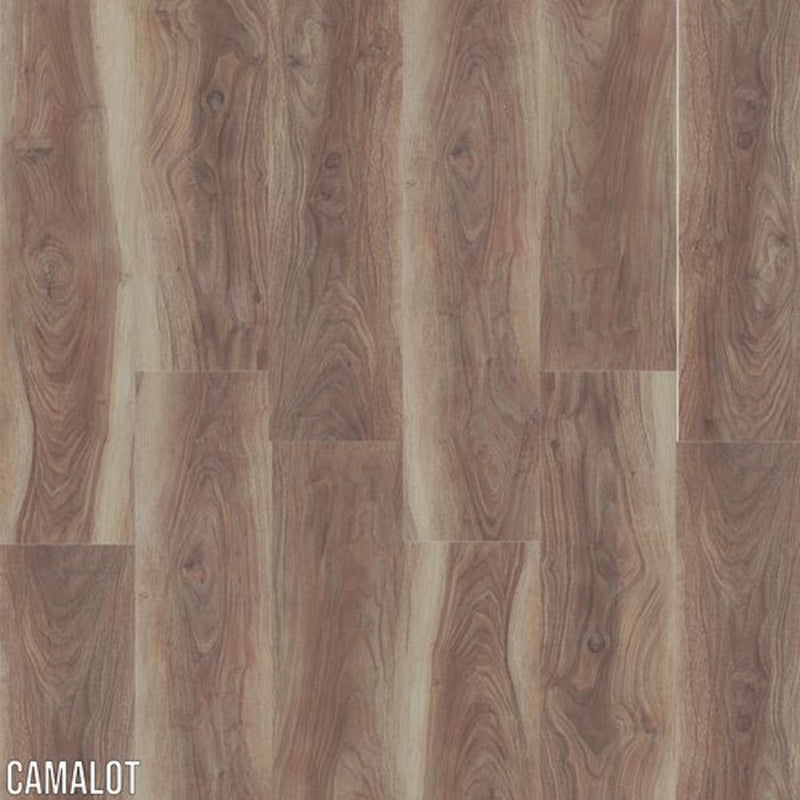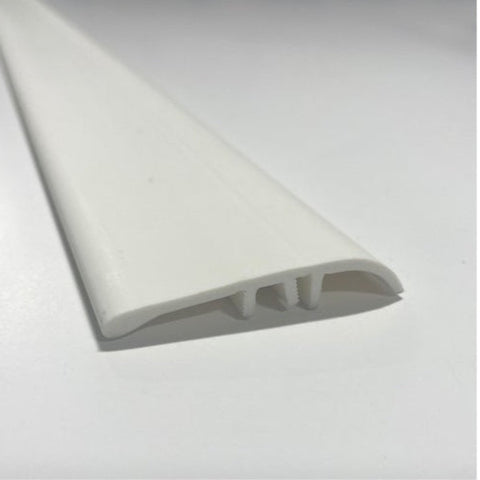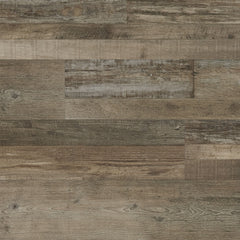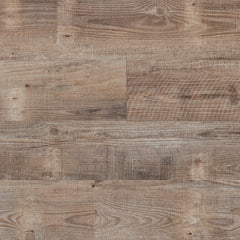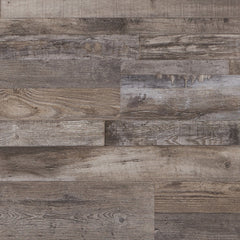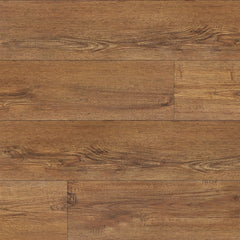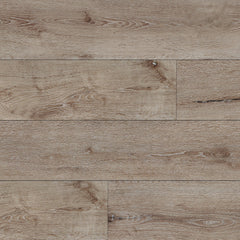CARE GUIDE:
• Use doormats outside each entrance to your home to prevent dirt, sand, grit and other substances from being tracked onto your floor. Use non-staining mats on your floor. Do not put rubber-backed, latex-backed or coco fiber mats on your floor because they will stain or damage the surface.
• Close your curtains or blinds where extreme sunlight hits the floor. Exposure to long term direct sunlight can cause discoloration to your floor.
• Support furniture with wide-bearing, non-staining floor protectors. Ideally, the protectors should be at least one inch in diameter, made of non-pigmented hard plastic, and rest flat on the floor. Non-staining felt protectors are also acceptable. Casters (type W), felt pads or floor protectors are recommended for all moveable furniture. Use protection mats under chairs with caster to avoid abrasion of the vinyl flooring. Make sure that any metal protectors are rust-proof.
• If you need to move heavy furniture and/or appliances across the floor, always use strips of wood or hardboard runways to protect the floor. Always use runways even if you have an appliance dolly, or even if the heavy objects are equipped with wheels or rollers.
• Occasional mopping with Rinse-Free Cleaner is recommended when dirt builds up and sweeping alone is not sufficient. Follow strictly the guidelines given on the bottle. Do not use wax, polish, soap or detergent products.

